How to Do Seated Calf Raises
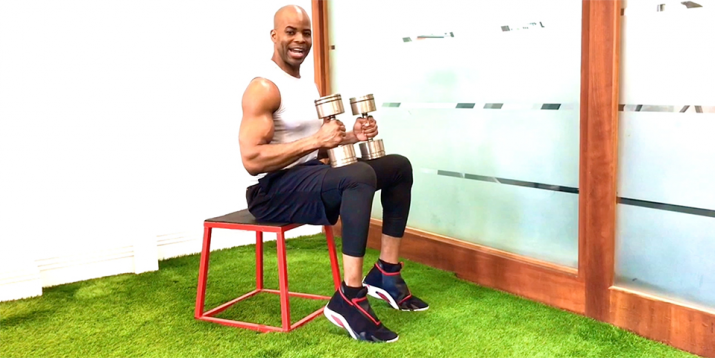
Seated Calf Raise: Step-by-Step Instructions
- Sit tall on a bench or chair with your feet flat on the ground, holding two heavy dumbbells on top of your knees.
- Keeping your core engaged, lift your heels off the ground as high as possible.
- Slowly lower your heels back down to the ground and repeat.
Bonus tip: You don’t need a seated calf raise machine to do the exercise. It’s easy to do calf raises with dumbbells, a barbell and resistance bands, or even household items like gallon jugs or books.
Benefits of Seated Calf Raises
As previously mentioned, strengthening your calves can have a major impact on how you move during workouts, sports, and everyday life. Plus, seated calf raise variations tend to place more emphasis the soleus muscle, which is the muscle primarily contributes to endurance-based exercises like running and walking.
Regularly working your calves can also impart the following benefits:
- Helps improve ankle strength, stability, and mobility
- Helps prevent injuries
- Builds bigger calves
How to Make Seated Calf Raises Easier
Ford suggests performing the exercise with less weight, or use a resistance band.
Put the band across the top of your legs with the ends secured under your toes. Place your hands over the band to make sure it stays in place while you do the exercise.
How to Make Seated Calf Raises Harder
To give your muscles more work, simply add more weight. You can also elevate the balls of your feet with a block or a weight plate to increase your range of motion.
Seated Calf Raise Variations
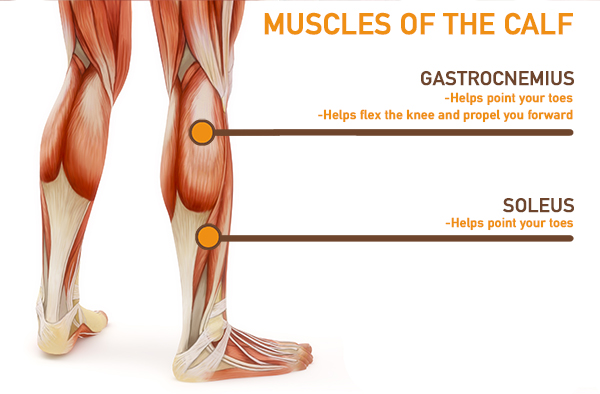
While seated, you can point your toes in or out to target different muscles of the calves (the soleus and the gastrocnemius).
Seated calf raises with your toes pointed toward each other targets the outer calves. Seated calf raises with your toes pointed away from each other targets the inner calves.
You can also try a few of these other calf raise variations:
1. Standing calf raise
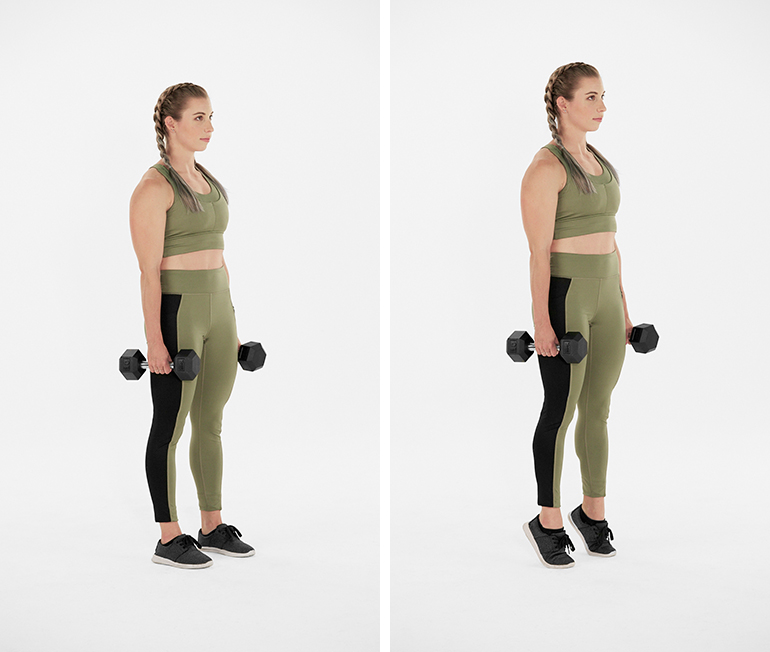
- Stand holding a pair of dumbbells at your sides with your feet hip-width apart, and toes facing forward.
- Rise onto the balls of your feet as high as you can, squeezing your calf muscles at the top of the move.
- Pause, then lower your heels back down in a slow, controlled motion. (Go too fast, and your Achilles tendon will do more work than your calf muscles.)
- Repeat as desired, maintaining that slow tempo.
2. Single leg calf raise
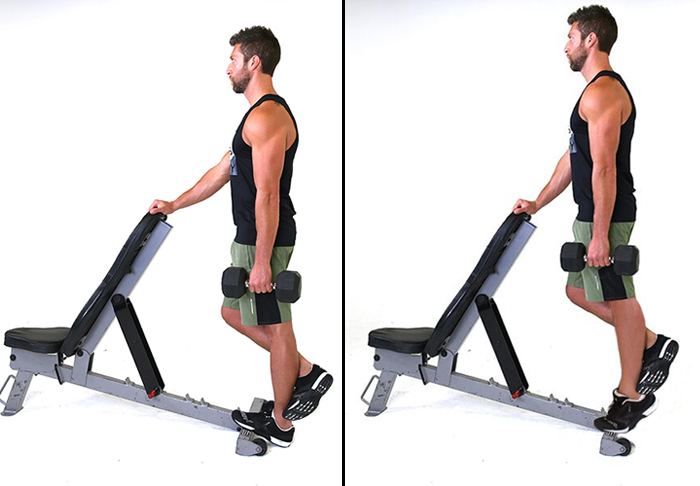
- Hold a dumbbell in your right hand by your side and place the ball of your right foot on an elevated surface (the base of an incline bench, an aerobic step, or a weight plate all work well).
- Cross your left ankle behind your right, hold onto the wall, a rail or other sturdy surface for balance, and slowly lower your right heel toward the floor (without making contact).
- Lift the heel of your right foot as high as you can, giving your right calf a squeeze at the top of the movement.
- Pause, and then lower yourself back to the starting position. Perform equal reps on both sides.
3. Donkey calf raise
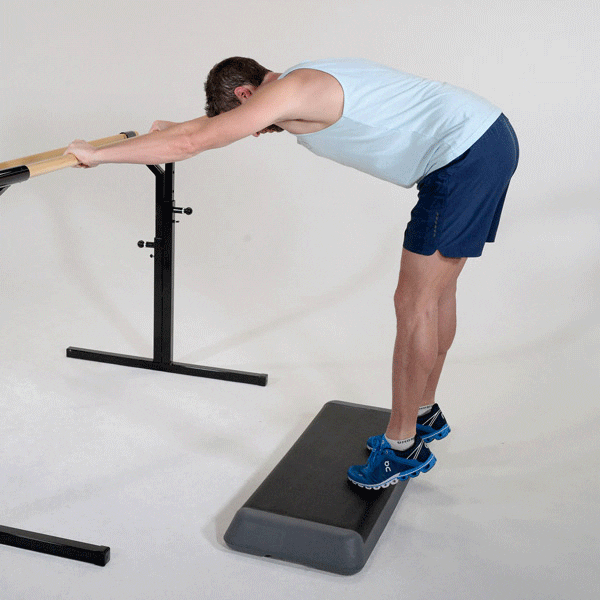
- Stand on a short step or weight plate with the balls of your feet on its far edge.
- Hinge forward at your waist so your back is flat, and hold onto an incline bench, rail, or sturdy chair around waist height using both hands.
- Without bending your knees, slowly lower your heels to the floor as far as possible, and then pause for a one-count.
- Lift your heels as high as possible, squeezing your calf muscles at the top of the move and holding for a one-count.
- Take a full three-count to lower your heels to the floor, and repeat.

As easy as it may look, the seated calf raise strengthens the muscles that not only make you a better runner, but also support basic functions like walking and taking the stairs.
“Our calves are one of the constantly active muscles for movement and balance,” says exercise physiologist John Ford, ACSM. “The stronger and more conditioned your calves are,” Ford says, “the more efficient you will be at other exercises, including running, jumping, and biking.”
In other words, strong calves lead to a stronger, more efficient body.